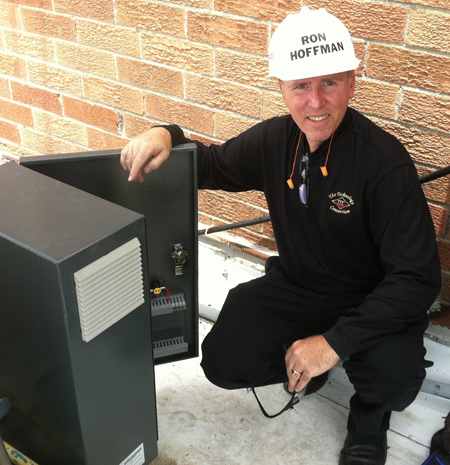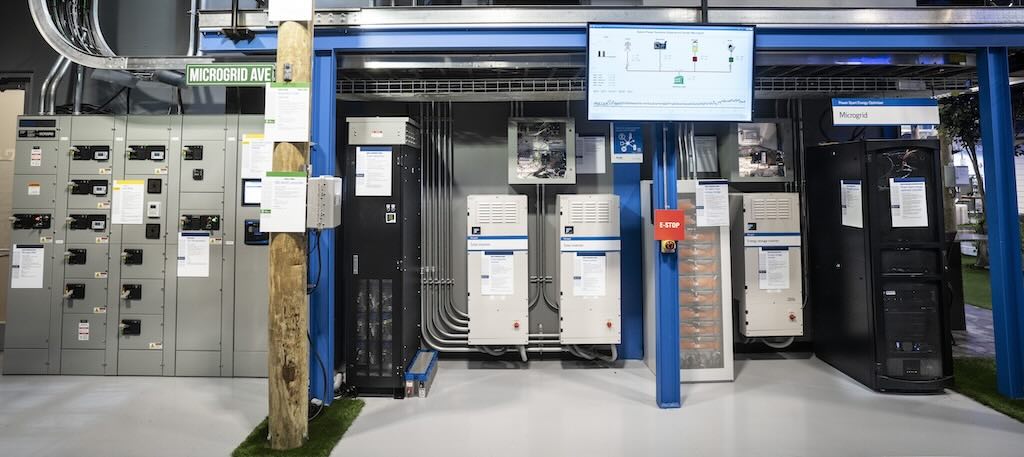Reducing an HVAC system's energy usage can often mean a costly equipment upgrade, but new products on the marketplace can assist in reducing an exsisting HVAC system's energy consumption with add-on software.

Energy costs have risen steadily over the last decade and are expected to continue to increase as worldwide demand grows. The cost of energy is an increasingly important issue, and it is especially true for businesses. Rapidly rising energy costs have forced companies to increase their investment in energy-efficient technologies in an effort to reduce energy usage.
According to the U.S. Department of Energy, 40% to 60% of the energy used in industrial and commercial facilities is consumed through HVAC systems. Conversely, only 20% of facility costs are used for lighting. While facility managers have saved money by upgrading thier visual systems, HVAC systems have largely been neglected. Most conventional building HVAC systems are designed to operate at a constant speed. Building loads, however, can be anything but constant. Weather conditions, occupancy, and other factors require the HVAC system to adjust and react. This anemic performance has only recently been improved with the development of new and emerging technologies.
Operational background and principals
All motors have three things in common. They are oversized due to peak demand needs, they operate as either "on" or "off," and energy consumption becomes a function of speed. One of the best energy management devices ever applied to motors is the variable frequency drive (VFD). For more than 30 years, VFDs have been used to efficiently control HVAC equipment in an array of variable load applications.
By controlling the speed of motors based on need, energy savings of 30% to 50% over conventional constant speed applications are common, and usually result in a return on investment (ROI) of fewer than two years. Unfortunately, using VFDs may require elaborate PLC programming or PID loops. In air-conditioning (compressor) applications, VFDs have been avoided due to the special requirements of this equipment.
Algorithm-driven microprocessors
Fortunately, the development of algorithm-driven smart microprocessors has solved these problems. This refined control system addresses the intricacies and nuances of rapidly changing building load, and adjusts A/C demand (Energy consumption) based on the actual needs of the facility instead of on/off cycling. In addition, scroll compressor lubrication and wear issues are also resolved by features made possible through algorithm control. This can now be achieved through various add-on software in place of costly upgrades.
Ron Hoffman is president of The Technology Consortium Ltd. Edited by Jessica DuBois-Maahs, associate content manager, CFE Media, [email protected].



